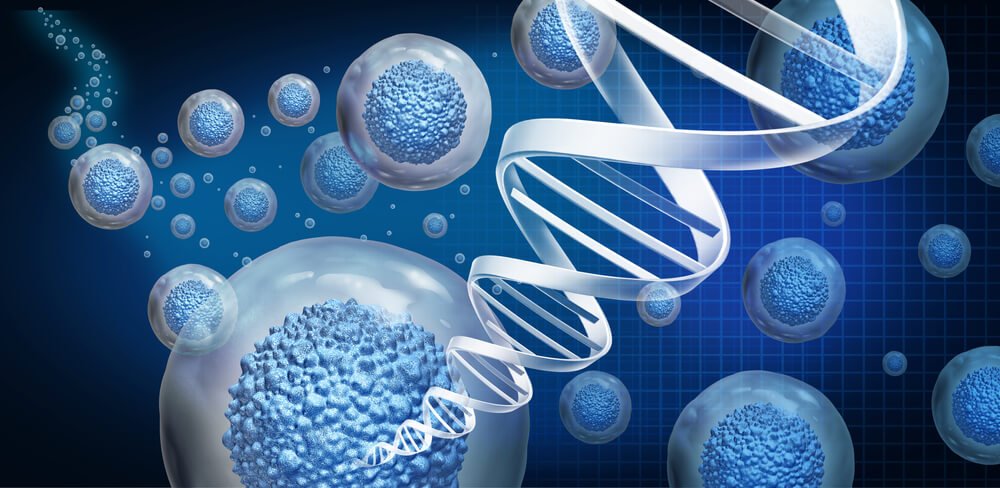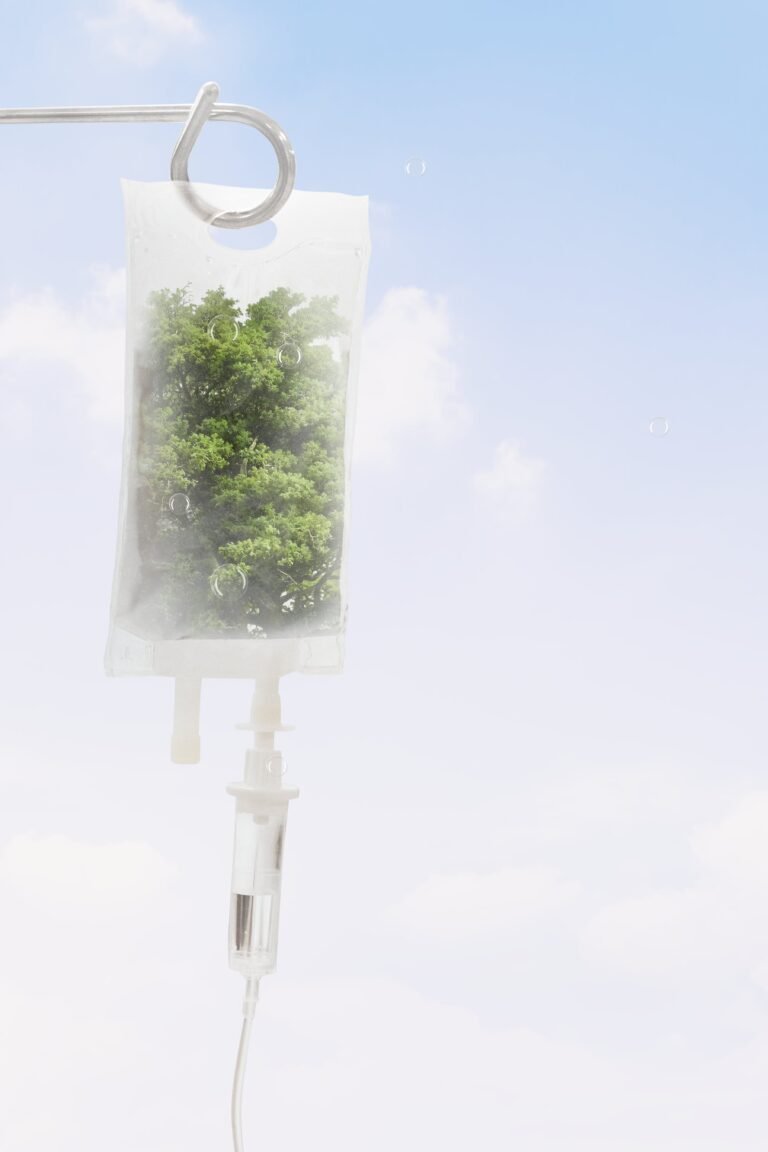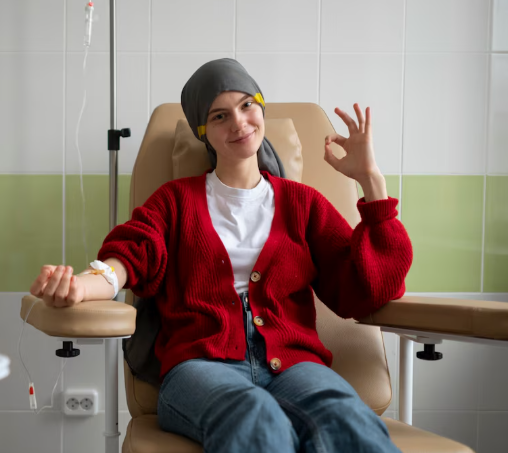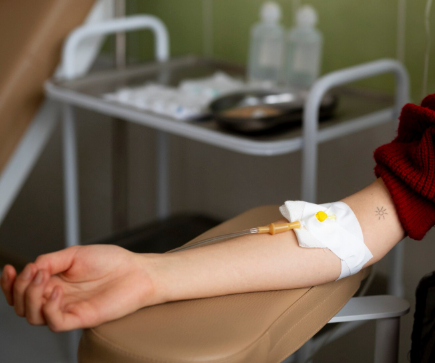South Korea has earned a top-tier reputation in the world of regenerative medicine, particularly for its pioneering work in stem cell therapy. From advanced research and clinical innovation to world-class patient care and infrastructure, Korea has positioned itself as a global leader in stem cell-based treatments—especially for international patients seeking cutting-edge solutions for anti-aging, orthopedics, skin rejuvenation, and more.
In this guide, we’ll explore exactly why Korea leads the world in stem cell therapy, and what makes it a preferred destination for patients seeking safe, effective, and future-forward regenerative care.
🧬 1. Advanced Biomedical Research Ecosystem
🔬 Global Contributions to Stem Cell Science
Korea is home to world-renowned biotech companies, academic institutions, and clinical research centers leading the charge in:
- Stem cell cultivation and differentiation
- Tissue engineering
- Exosome technology and delivery systems
- Personalized cell therapy
Institutions like CHA University, Seoul National University, and the Korea Institute of Science and Technology (KIST) are consistently at the forefront of regenerative medicine breakthroughs.
📈 Example:
Korean scientists were among the first to develop off-the-shelf umbilical cord-derived stem cell products that are now used worldwide in skin, joint, and systemic therapies.
🏥 2. Government Support and Fast Regulatory Pathways
✅ MFDS (Korean FDA) Framework
Korea’s Ministry of Food and Drug Safety (MFDS) has developed streamlined regulatory frameworks that:
- Allow faster clinical trial approvals
- Support cell banking and biomanufacturing
- Ensure strict safety and quality standards
This means Korean clinics can adopt the latest innovations more quickly, giving patients access to therapies often years ahead of other countries.
🏛 Government Investment:
- Korea’s government has invested billions of dollars into life science R&D
- Special BioHealth Zones (e.g., Osong and Pangyo) support biotech development
🧖♀️ 3. Integration of Aesthetics + Regenerative Medicine
One of Korea’s unique strengths is the fusion of beauty and science. Many aesthetic clinics in Korea integrate stem cell therapy with:
- Skin rejuvenation treatments
- Anti-aging facials
- Hair regrowth programs
- Post-surgical healing support
This blend of cosmetic dermatology and cellular therapy offers patients a holistic approach to aging and wellness that’s not available in most countries.
🔁 Example Combinations:
- Stem cells + PRP + laser resurfacing
- Exosomes + microneedling + IV therapy
- Fat grafting + stem cell enrichment for natural volume restoration
💉 4. Wide Range of Approved Stem Cell Therapies
Korea offers clinically approved and widely available stem cell treatments across multiple medical disciplines:
| Field | Treatments Available |
|---|---|
| Aesthetics | Anti-aging facials, wrinkle reduction, acne scar repair |
| Orthopedics | Knee, spine, and shoulder regeneration |
| Hair Loss | Stem cell scalp injections, microneedling |
| Internal Wellness | IV stem cells for anti-inflammation and fatigue |
| Chronic Conditions | Autoimmune, neurodegenerative (case-dependent) |
⚠️ Many of these therapies are either experimental or tightly restricted in the U.S., EU, or Australia—making Korea a rare destination where such treatments are accessible, legal, and affordable.
🧳 5. Medical Tourism Infrastructure for International Patients
🌍 Global Patient-Friendly Services
Korea’s clinics and hospitals are highly experienced in treating international visitors, offering:
- English-speaking staff and translators
- Virtual consultations and treatment planning
- Airport pickups and luxury accommodations
- Tax refund assistance and travel support
Popular clinics in Seoul’s Gangnam, Apgujeong, and Sinsa districts specialize in stem cell therapy for global clientele—including VIPs, celebrities, and medical tourists from the U.S., UAE, Singapore, and Europe.
💰 6. Cost-Effective Yet High-Quality Care
Compared to clinics in the U.S. or Europe, Korean stem cell therapy:
- Costs 30–50% less on average
- Includes cutting-edge techniques like exosomes, PRP, and 3D imaging
- Maintains exceptional safety and hygiene standards
| Country | Avg. Cost for Anti-Aging Stem Cell Facial |
|---|---|
| Korea | $1,500–$3,000 |
| USA | $5,000–$7,000 |
| Japan | $4,000–$6,000 |
| UAE | $6,000+ |
🧠 7. Skilled, Highly-Trained Physicians
Korea’s regenerative medicine specialists often hold:
- Dual degrees in aesthetics + internal medicine
- Fellowships abroad (e.g., in the U.S., Japan, or Germany)
- Extensive hands-on experience with stem cell harvesting, isolation, and application
Clinics are staffed with certified dermatologists, orthopedic surgeons, and regenerative medicine experts—not just cosmetic providers.
🚀 8. Cutting-Edge Technologies & Lab Partnerships
Many clinics in Korea operate their own stem cell labs, or partner with state-of-the-art biotech firms that specialize in:
- Cell cryopreservation (stem cell banking)
- Exosome extraction and delivery
- Fat-derived stem cell isolation (ADSCs)
- Umbilical cord mesenchymal stem cell culturing
These allow personalized and freshly prepared treatments, enhancing effectiveness and reducing the risk of adverse effects.
🌟 9. Fast Recovery and “Beauty Integration” Mindset
Because Korean medicine emphasizes:
- Minimally invasive techniques
- Quick recovery protocols
- And a strong cultural emphasis on beauty
…patients can often:
- Resume daily activities within 24–48 hours
- Combine treatment with tourism, shopping, and wellness experiences
This “heal and explore” model is a major draw for international visitors.
🏆 10. Global Recognition and Clinical Success
Korea’s leadership is recognized through:
- Global stem cell conferences and journal publications
- International collaborations with biotech companies
- Regulatory approval of Korean-developed stem cell products in over 40 countries
Korean stem cell therapies have been used to treat over 200,000 patients worldwide, with high satisfaction and success rates in both cosmetic and medical fields.
✈️ Why Patients Travel from Around the World
🌍 Common Visitors:
- U.S. & Canadian anti-aging patients seeking non-surgical facial rejuvenation
- Middle Eastern clients looking for full-body regeneration
- Asian and European travelers combining luxury tourism with skin renewal
- Athletes recovering from injuries with orthopedic stem cell therapies
✅ Final Thoughts: Why Choose Korea?
Korea is more than just the capital of K-beauty—it’s a biotech and regenerative medicine powerhouse. From world-class research and affordable, high-quality care to seamless medical tourism services, Korea continues to lead the future of stem cell therapy for skin, aging, pain, and wellness.




